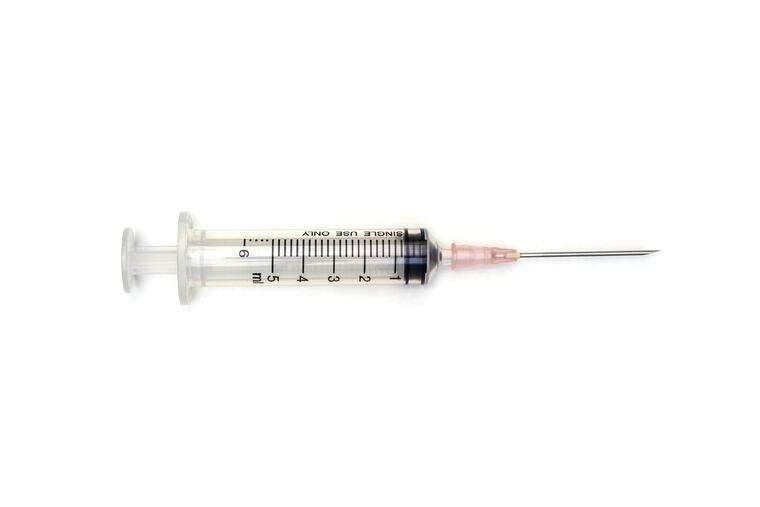Nothing safe about safe injection sites | Opinion
Opioids have ravaged families and devastated communities across the country.

Ed Rendell has announced he will help spearhead the effort to open the nation's first "safe injection site," where addicts can shoot up illicit street drugs with legal sanction in a medically managed environment. Such sites have existed in Europe and Canada for years but have not yet been used within the U.S.
In Philadelphia alone, deaths involving fentanyl soared 95 percent in 2017 and more than 1,200 died from a drug overdose. Rendell and top Philadelphia officials view "safe" sites as an important tool against a nationwide epidemic of opioid abuse.
Emergency-room visits for opioid overdoses rose 30 percent across the U.S. from July 2016 to September 2017, according to the Centers for Disease Control and Prevention. In 16 states, overdoses rose by 54 percent in large cities. More Americans died from drug overdoses in 2016 than during the entire duration of the Vietnam War.
>> READ MORE: Why Philadelphians should be carrying naloxone right now | Opinion
Advocates argue that safe injection sites offer proactive treatment options for addicts. But there is little evidence that these sites help lead individuals into treatment, notes U.S. Deputy Attorney General Rod Rosenstein, who opposes them. Pennsylvania Attorney General Josh Shapiro, who also opposes such sites, argues that "there's no safe way to inject yourself with this kind of poison." Vermont, which wants to set up sites, was lambasted by its own U.S. attorney for its ambition to do so. "It is a crime, not only to use illicit narcotics, but to manage and maintain sites on which such drugs are used and distributed," noted the federal prosecutor's office in a December 2017 open letter.
The worst potential consequence is the normalization of serious drug use in the name of harm reduction. Safe injection sites are essentially state-sponsored shooting-up galleries. No limits have been defined for who can use them, or how often. If a teenager decides that he wants to experiment with black-tar heroin, should the injection site be opened to him? Should nurses accompany users who arrive at the sites to take lethal quantities of fentanyl, with naloxone inhalers ready at hand to revive them? How many overdoses will addicts be permitted per day? How many additional police officers will be detailed to the neighborhood around the legal injection site to deal with drug sales, or with drug robberies of eager addicts heading to the sites to use?
>> READ MORE: For this Philadelphia physician, 'the greater danger is not opening safe injection sites'
We have some evidence of what these sites look like in practice and the effect they create. David Carson, a local politician from Redmond, Wash., went to Vancouver to visit one of the sites touted as a major success by advocates. Instead, he saw lives and a whole neighborhood being destroyed. "It looked like a war zone. There were drug-addled, glassy-eyed people strewn about," Carson noted. "One man was lying shoeless and lifeless on his side on the cold sidewalk; I honestly couldn't tell if he was alive or not; I couldn't bear to take a picture of him."
Opioids have ravaged families and devastated communities across the country. Encouraging their open use undermines the rule of law and will do little to quell their continued abuse, let alone the problems underlying mass addiction. Rendell and Philadelphia officials deserve credit for their focus on this scourge, but legal injection sites are not the answer. In fact, they will only worsen the crisis.
Alex Titus is a Public Interest Fellow based in Washington, D.C. @Atitus7 A version of this piece originally appeared in City Journal.